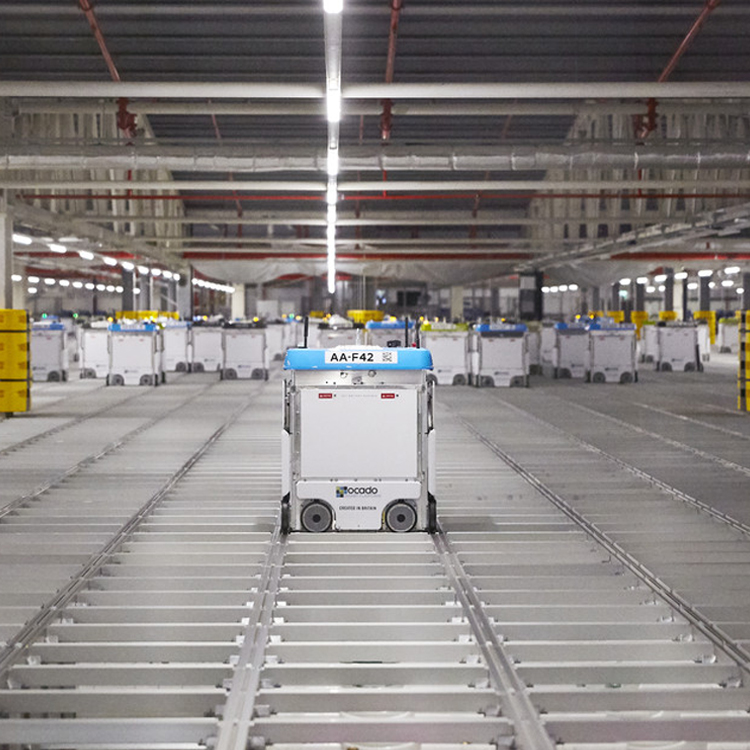The new Global Data Model is coming soon, and it is here to stay. The goal is to simplify data exchange for international operating brands. Now, what are the implications for your organization?

This article is not meant to convince you that the new Global Data Model (GDM) is a quick fix for the organization of all your product content. We do want to explain though, why the coming changes should be embraced to build a sustainable solution for all product information.
The Global Data Model (GDM) is developed by The Consumer Goods Forum. This global industry forum runs more so-called coalitions of actions, which focus on solving the big challenges the consumer goods industry is facing.
The Product Data Coalition of Action aims to address weaknesses faced in today’s data exchange processes. To achieve this, the Coalition aims to ensure that all brand owners, retailers, and platforms follow the same foundational Global Data Model by 2022. GS1 is part of this Coalition of Action, so is SyncForce, as a service provider. We are a big supporter of the GDM, this is the only sustainable way to reach data quality on a global scale.
The Global Data Synchronization Network (GDSN) is an internet-based, interconnected network of interoperable data pools governed by GS1 standards. The GDSN enables manufacturers around the globe to exchange product data with their trading partners (retailers). Now, GS1 and The Consumer Goods Forum are implementing a new Global Data Model to make it easier to manage your product data.
How the Global Data Model, simplifying data exchange via GS1 GDSN
The Global Data Synchronization Network (GDSN) is an internet-based, interconnected network of interoperable data pools governed by GS1 standards. The GDSN enables manufacturers around the globe to exchange product data with their trading partners (retailers). Now, GS1 and The Consumer Goods Forum are implementing a new Global Data Model to make it easier to manage your product data.
In the world of GS1 until now, every country has its own rules and regulations for product information in consumer goods. Some countries only focus on supply chain information, while others have added ingredients and product images. Meanwhile, consumers also demand more and more information on subjects like sustainability. Databases with international product information are expanding rapidly. It is almost impossible to manage the information in all the markets where your company is active.
Many GS1 organizations will switch from using their local data models to the Global Data Model, making it easier for international product manufacturers to provide their trade partners with perfect digital availability.
Why local-for-local businesses don’t need a Global Data Model, but your business (maybe) does
Before you start your journey towards the new GDM, it is essential to check if this model has consequences for your organization. There are two reasons why the new GDM is not of your concern (much).
- Local-for-locals: you produce consumer goods that are only marketed locally, or within your country’s borders.
This means that your products just have to meet national rules and regulations for product data. - You have a small, stable product range
In this case, companies, don’t have too much trouble managing their product data. They only sell a couple of different products (laptops, phones, and some accessories). If something changes, for example, the launch of a new product, it is easy to adjust the product data ‘manually’ in all different target markets.

How the Global Data Model can be managed by using the right software solution
By using the right software you can manage your international product data.
SyncForce is ready to support the new Global Data Model as well as the existing Local Data Models, which will be around in the coming years.
The unique GDSN connector is where SyncForce maps your data to any channel, including GDSN. SyncForce supports different mappings & validations per the GDSN target market. The right software solution supports all target markets, even the GS1 countries that will decide to never move to the new GDM.
Want to know more about the new Global Data Model and how to manage it?


